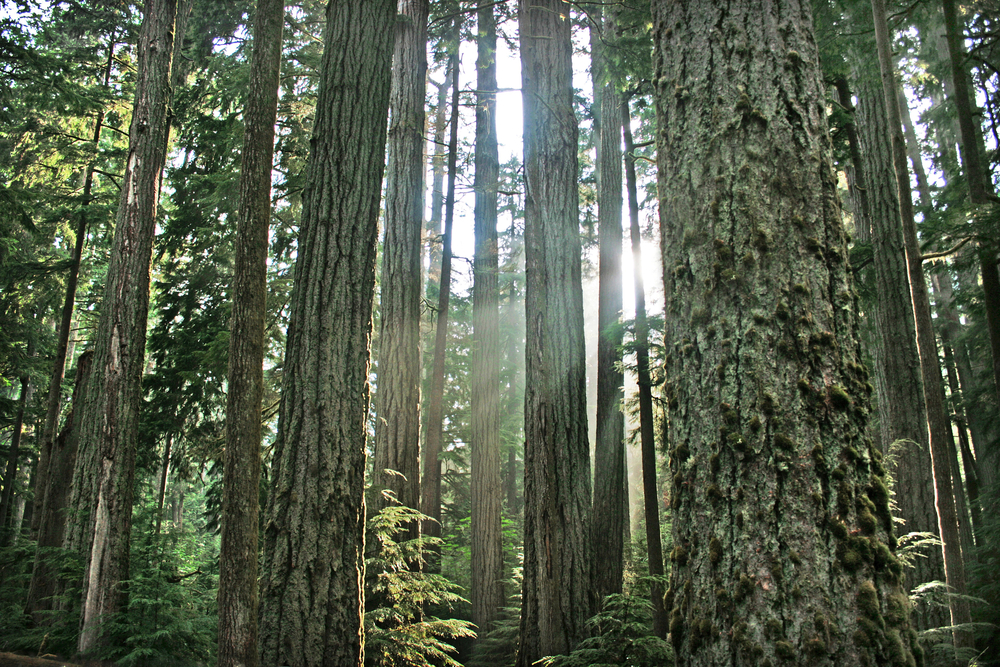The Biden administration is proposing new measures to protect old-growth forests, stopping short of a complete ban on logging these carbon-storing trees.
On Thursday, the Forest Service unveiled plans to limit the cutting of mature trees in national forests. The proposal has sparked mixed reactions, with environmental groups welcoming it and the timber industry criticizing it as politically motivated. Old-growth trees are known for their significant carbon dioxide storage, crucial in the fight against climate change.
“Under President Biden’s leadership, we are conserving millions of acres of old growth forests to ensure they remain resilient and abundant for future generations,” said White House Council on Environmental Quality Chair Brenda Mallory. “Our forests absorb over 10% of our annual greenhouse gas emissions, making their protection crucial for the Biden-Harris Administration’s climate and conservation goals.”
“Our old growth forests clean our air and water, making them vital in fighting climate change. President Biden’s historic climate actions, including his executive order on forest safeguarding, advance climate-smart forestry and invest in forest restoration,” said National Climate Advisor Ali Zaidi. “Today’s action will enhance the stewardship of our national forests and strengthen nature-based solutions for resilient lands, waters, wildlife, and communities.”
“Old growth forests capture carbon and contribute to clean air, soil, water, and diverse habitats,” said Forest Service Chief Randy Moore. “They also offer benefits like cultural uses, recreation, and sustainable economic development. The proposed old growth amendment provides adaptable guidance to support multiple uses, reduce wildfire risk, and create long-term climate resilience.”
The new guidelines aim to restrict tree cutting to ensure the areas remain classified as old-growth forests and mandate proactive management projects to support these ecosystems. However, the American Forest Resource Council (AFRC) argues that the proposal diverts attention from more pressing issues like wildfire prevention.
AFRC President Travis Joseph criticized the amendment, saying in a statement, "For most Americans, the amendment misses the point. Our national forests are unhealthy. Our communities and rural infrastructure are at risk. Millions are choking on wildfire smoke, including our most vulnerable populations. We’re losing access to our most iconic and incredible natural places." He added that the amendment creates additional bureaucracy, hindering effective forest management.
Wildfires, insects, and disease have devastated nearly 700,000 acres of old-growth forests on federal lands over the past two decades. Wildfires alone have resulted in the loss of 2.57 million acres of mature forests and 712,000 acres of old-growth since 2000. The Forest Service's latest analysis highlights that areas restricted from timber harvest have suffered greater losses compared to those where logging is allowed.
Despite the abundant old-growth forests in the West, the Environmental Protection Agency reports a decline in carbon sequestration, with American forests sequestering 787 million metric tons of carbon dioxide equivalent in 2022, down from previous years. The EPA attributes this decline to aging forests and increased disturbances like wildfires and insect infestations.
The Forest Service will be seeking public comments on the proposed amendment for 90 days following its publication in the Federal Register. Agriculture Secretary Tom Vilsack emphasized the need for adaptive management strategies to protect old-growth forests from climate-driven threats.
